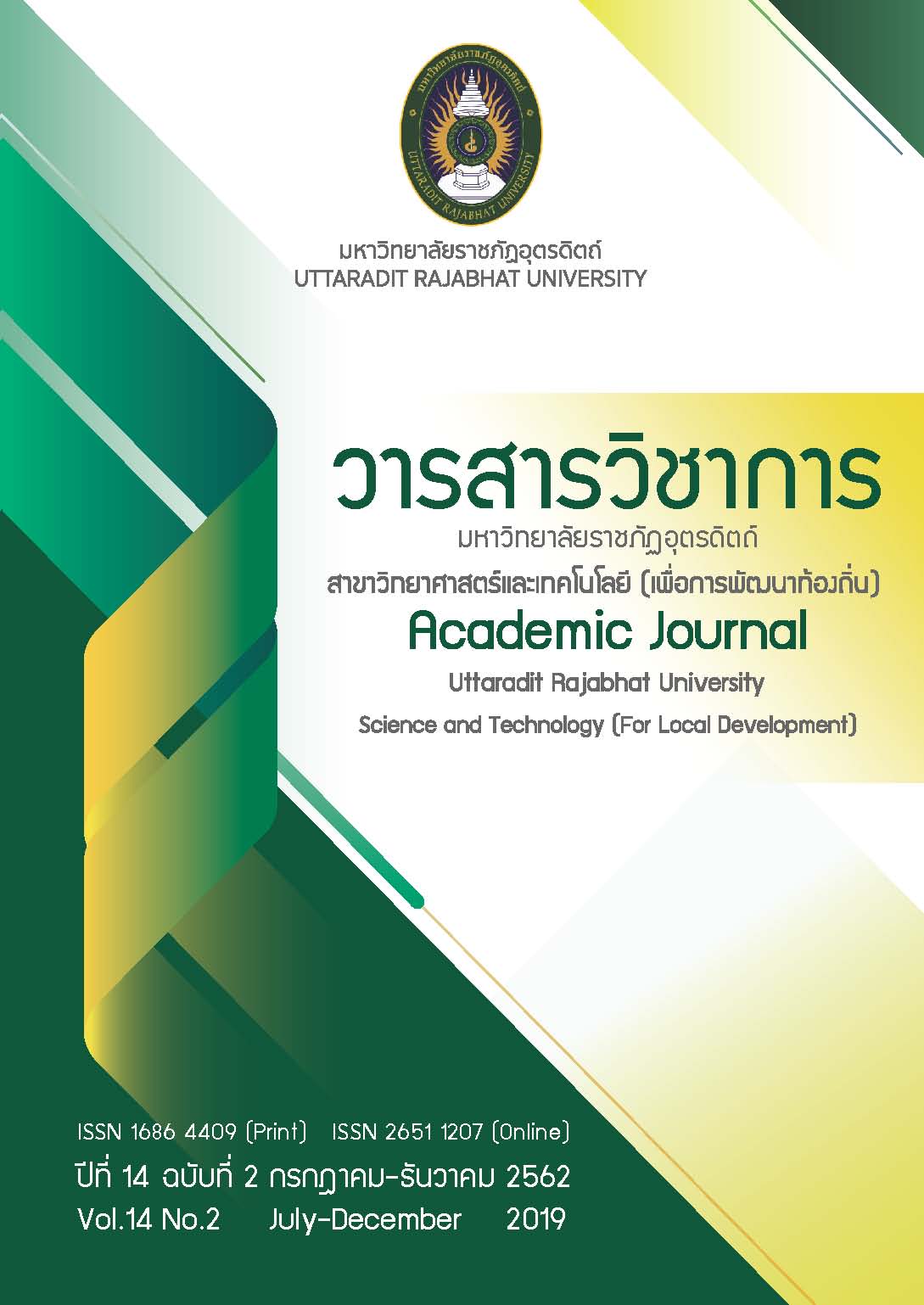Power Sector Scenario for Rural Electrification of Bhutan
Main Article Content
บทคัดย่อ
Bhutan’s electricity access rate has increased from 61 percent in 2006 to 100 percent in 2016, ahead of the country’s initial 2020 goal. On-grid hydropower is Bhutan’s main energy source and the main driver behind its rapid expansion of electricity access. The country’s mountainous terrain makes grid extension difficult in the remote rural areas where around 4,000 households are located. As a result, the government has made off-grid renewable energy projects a significant development effort under the nation’s five-year plans, providing around 2,000 rural households with solar home systems and repairing an additional 1,000. Similar donor-assisted grant projects have filled the rest of the country’s electricity gap. Although the government of Bhutan achieved the remarkable feat of 100 percent electricity access, it lacks the resources and workforce to sustain these projects on its own. The country’s mountainous terrain makes remote areas difficult for government workers to access. Communities will ultimately need the training to install and repair systems themselves, a strategy that would also lead to more jobs in remote, off-grid areas. A few pilot community-based projects exist, but Bhutan’s remote rural areas need more.
Downloads
Article Details
เอกสารอ้างอิง
Bhutan Power Corporation. (2018). Power Data Book 2018. Bhutan.
Department of Renewable Energy. Ministry of Economic Affairs, RGOB. (2013). Alternative Renewable Energy Policy (AREP)
DrukGreen. (2019). Looking Ahead. Retrieved 17 March 2019, from http://www.drukgreen.bt/mds-desk-2/
KUENSEL. (2019). PHPA II may complete by 2021. Retrieved 18 March 2019, from http://www.kuenselonline.com/phpa-ii-may-complete-by-2021/
Punatsangchhu-I and II Hydroelectric Project Authorities. (2019). Hydroelectric Project. Retrieved 18 March 2019, from www.phpa.gov.bt
Punatsangchhu-I and II Hydroelectric Project Authorities. (2019). Overview of the Project. Retrieved 18 March 2019, from http://www.phpa.gov.bt/phpa2/overview-of-the-project/
Ministry of Economic Affairs, Royal Government of Bhutan. (2015). Bhutan Energy Data Directory 2015. Bhutan
Ministry of Economic Affairs. (2019). Economic data of Bhutan. Retrieved 25 March 2019, from https://www.moea.gov.bt/?page_id=941
National Statistics Bureau. (2017). Statistical Yearbook of Bhutan 2017. Bhutan.
National Statistics Bureau. (2018). 2017 Population and Housing Census of Bhutan. Bhutan.
World Bank. (2017). State of Electricity Access Report 2017. 2017 International Bank for Reconstruction and Development.
World Economic Forum. (2017). Bhutan has achieved 100% electricity access. Retrieved 10 March 2019, from https://www.weforum.org/agenda/2019/02/in-afghanistan-bhutan-and-nepal-off-grid-renewables-bring-power-to-remote-villages/


